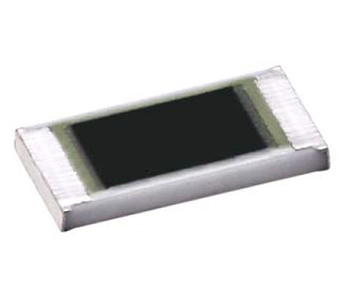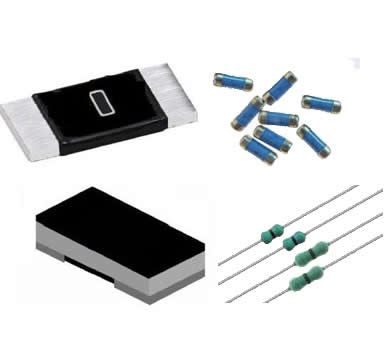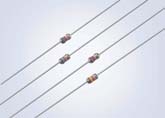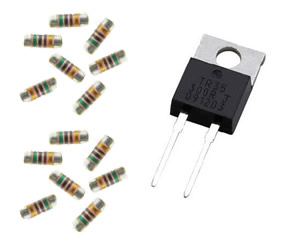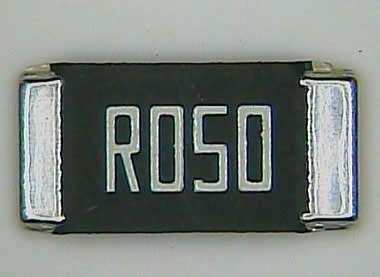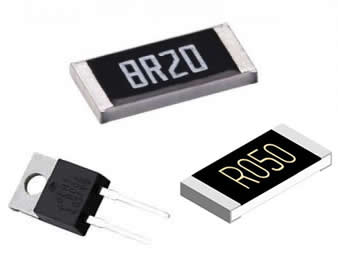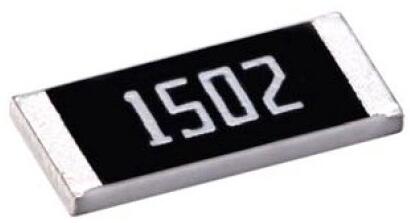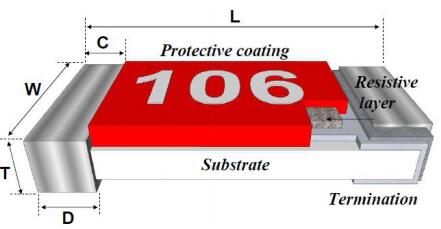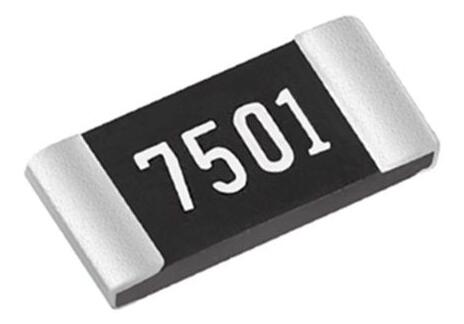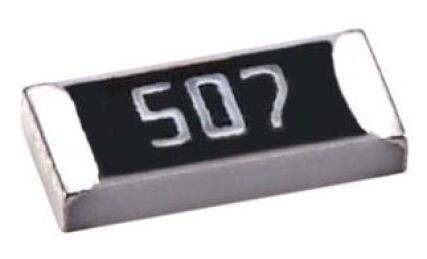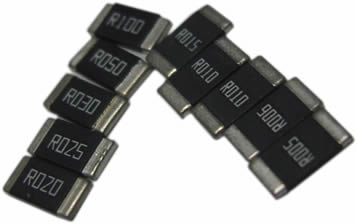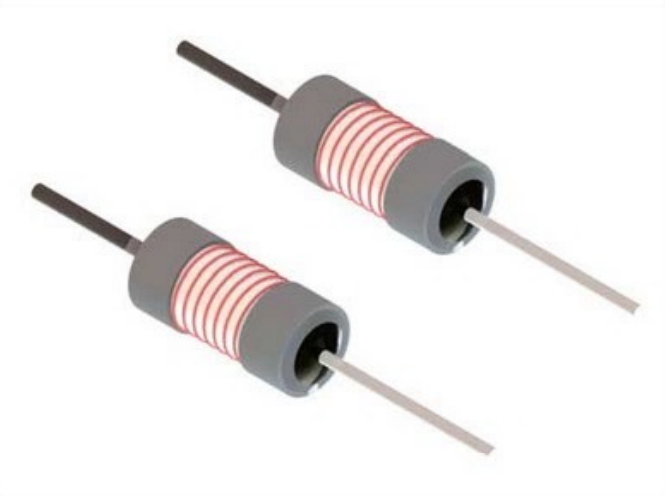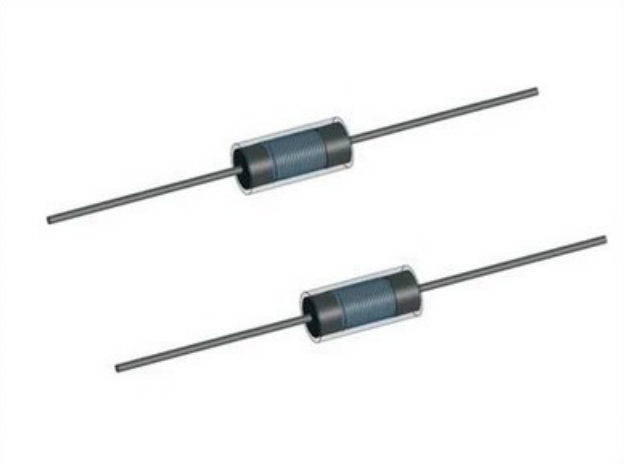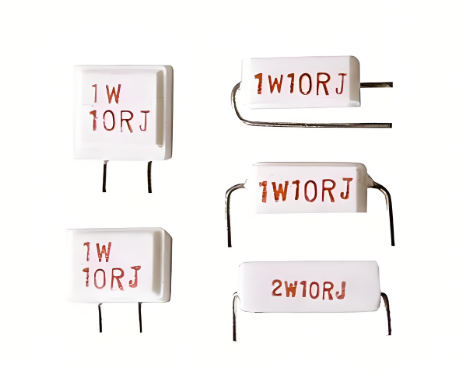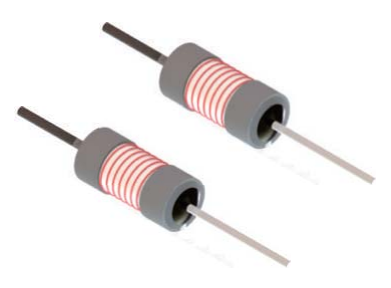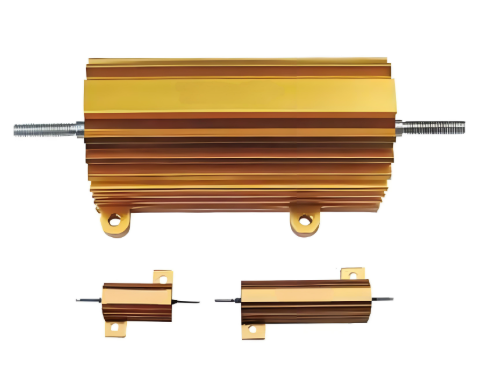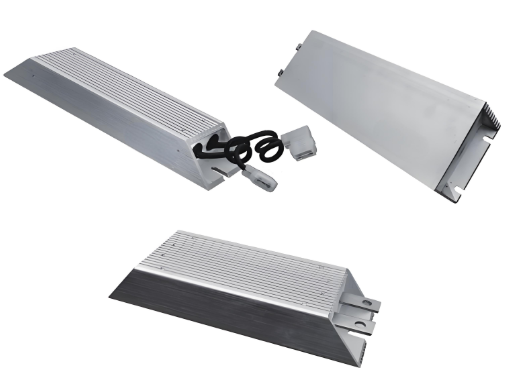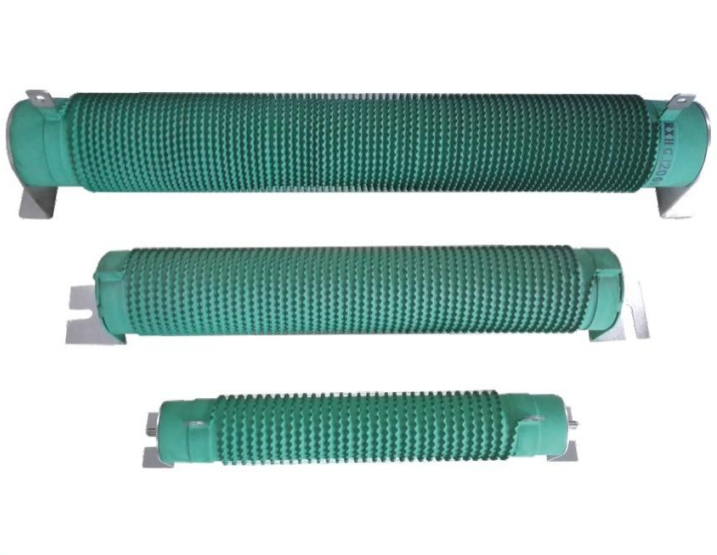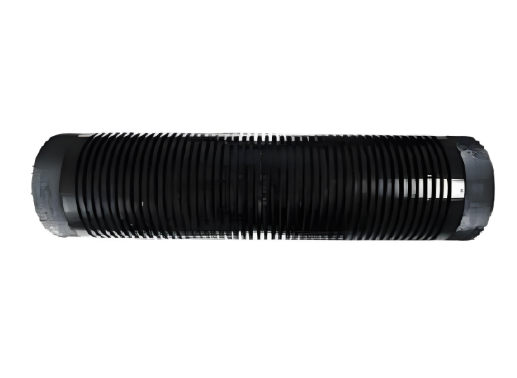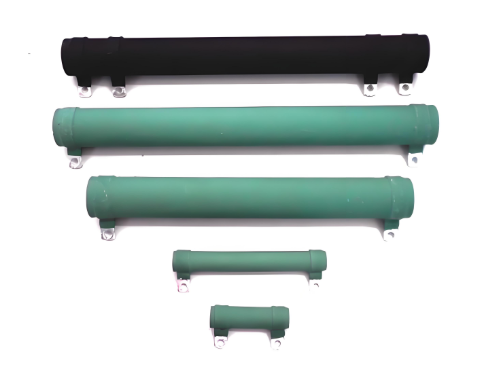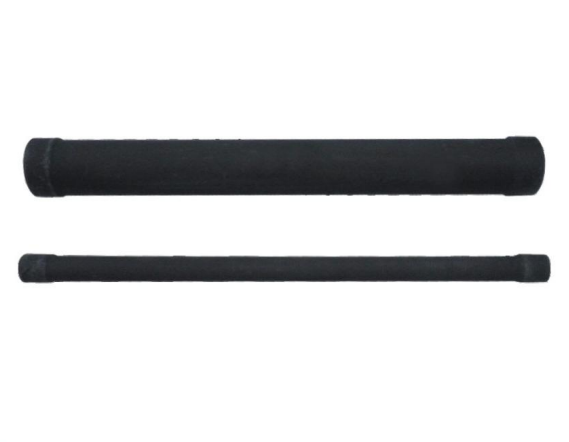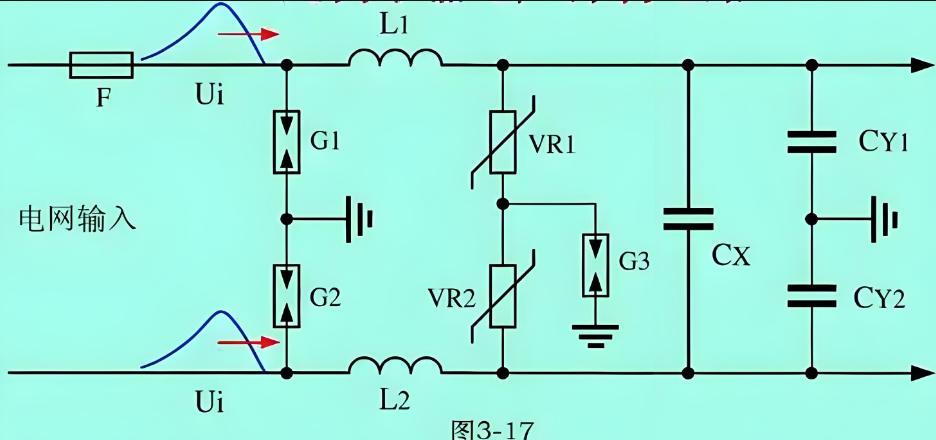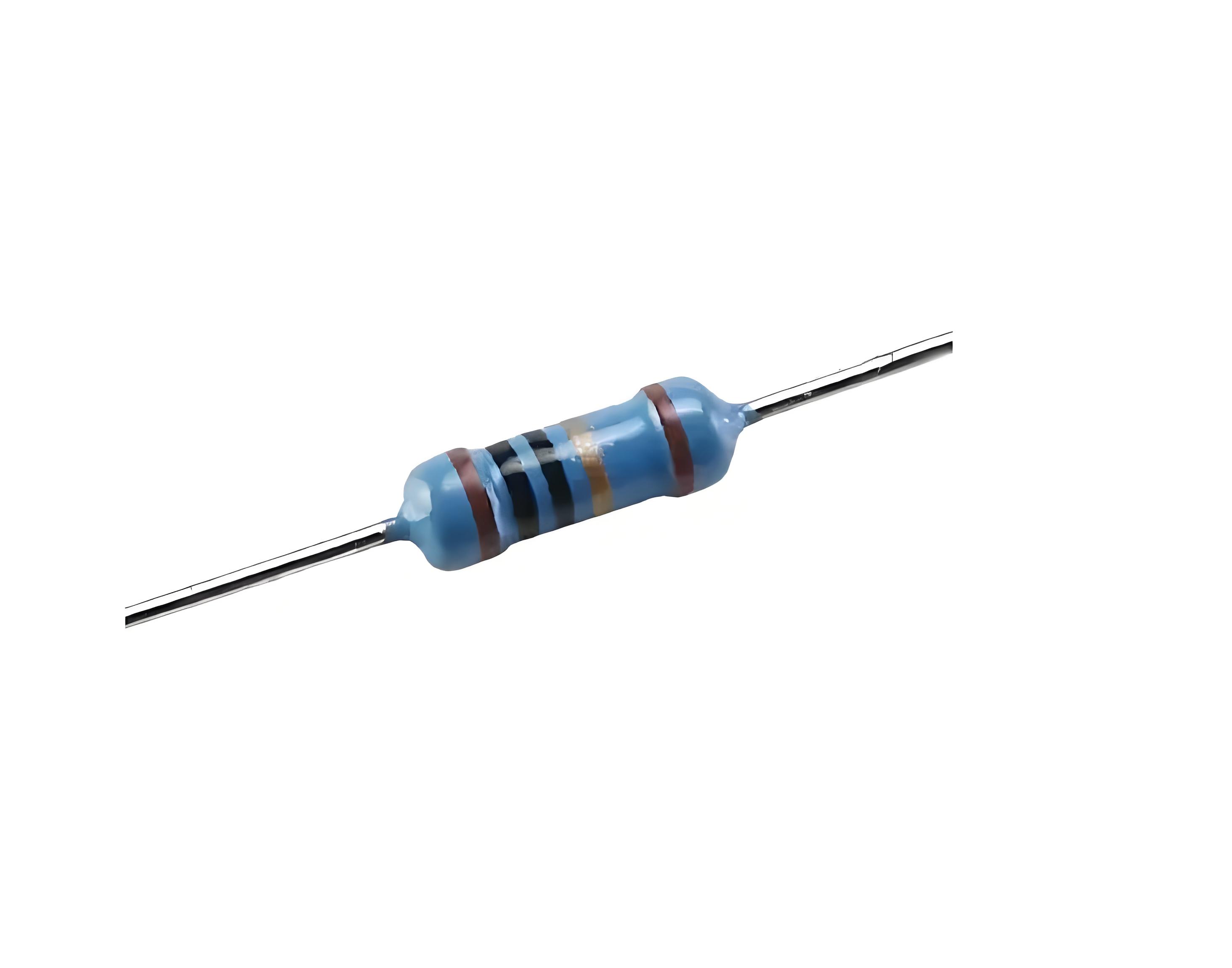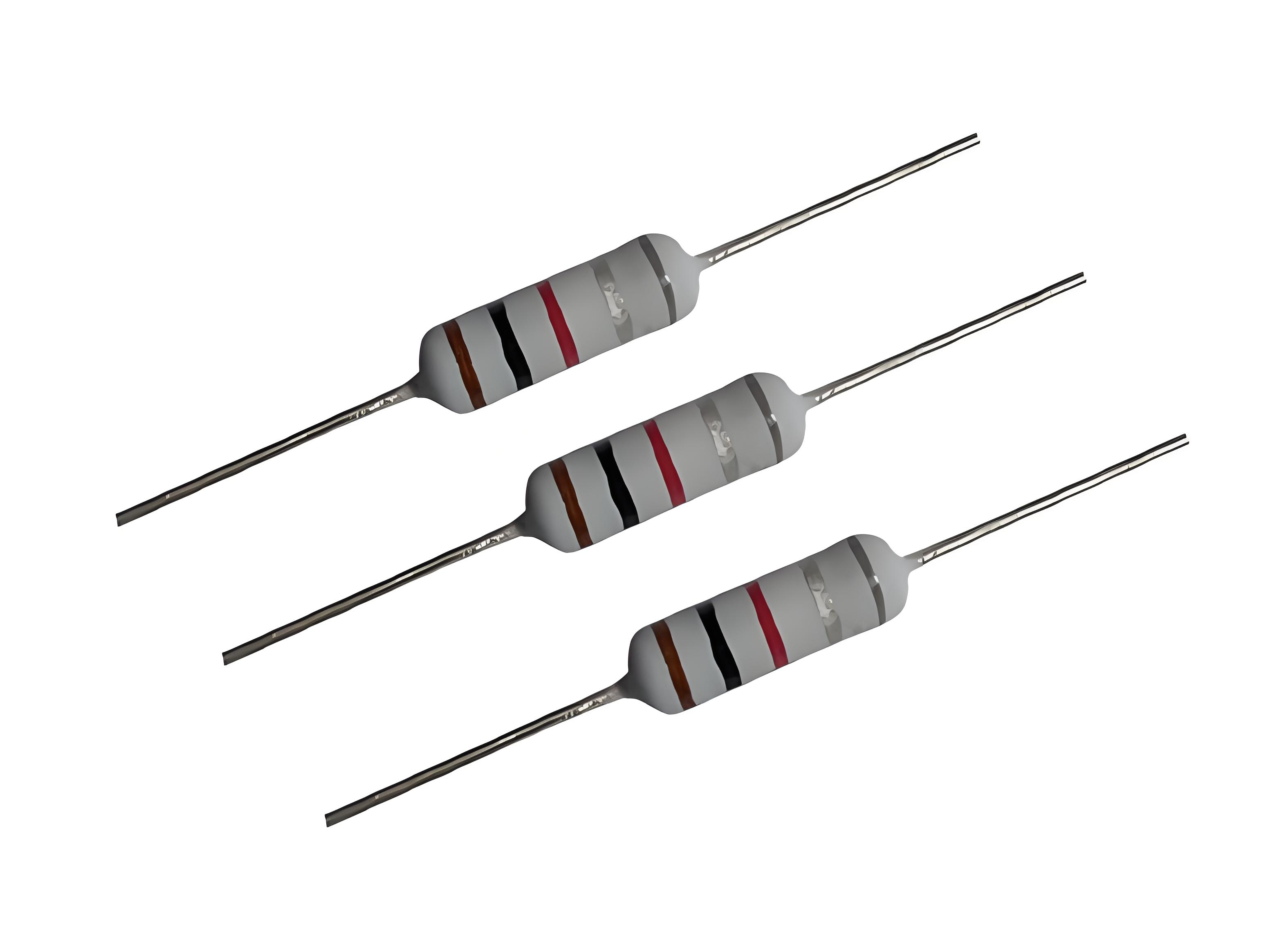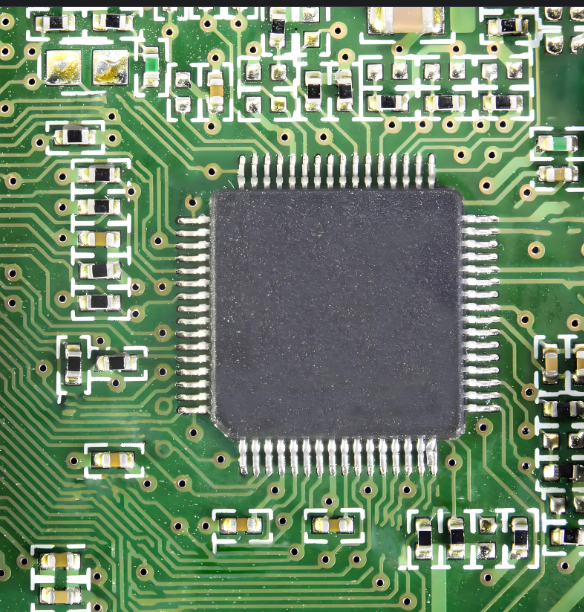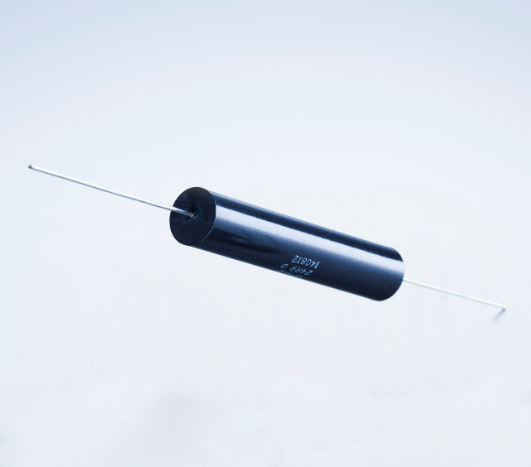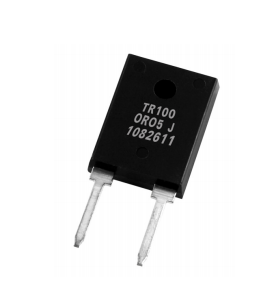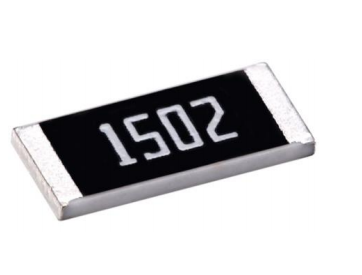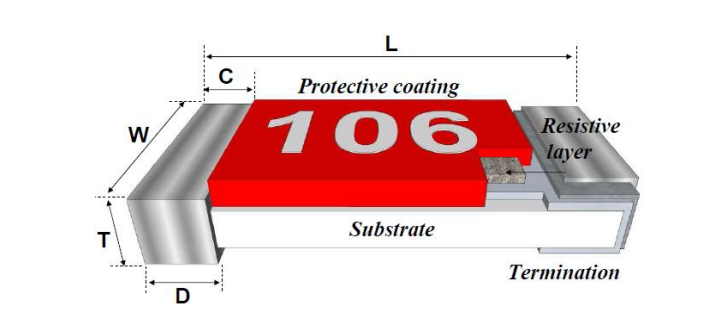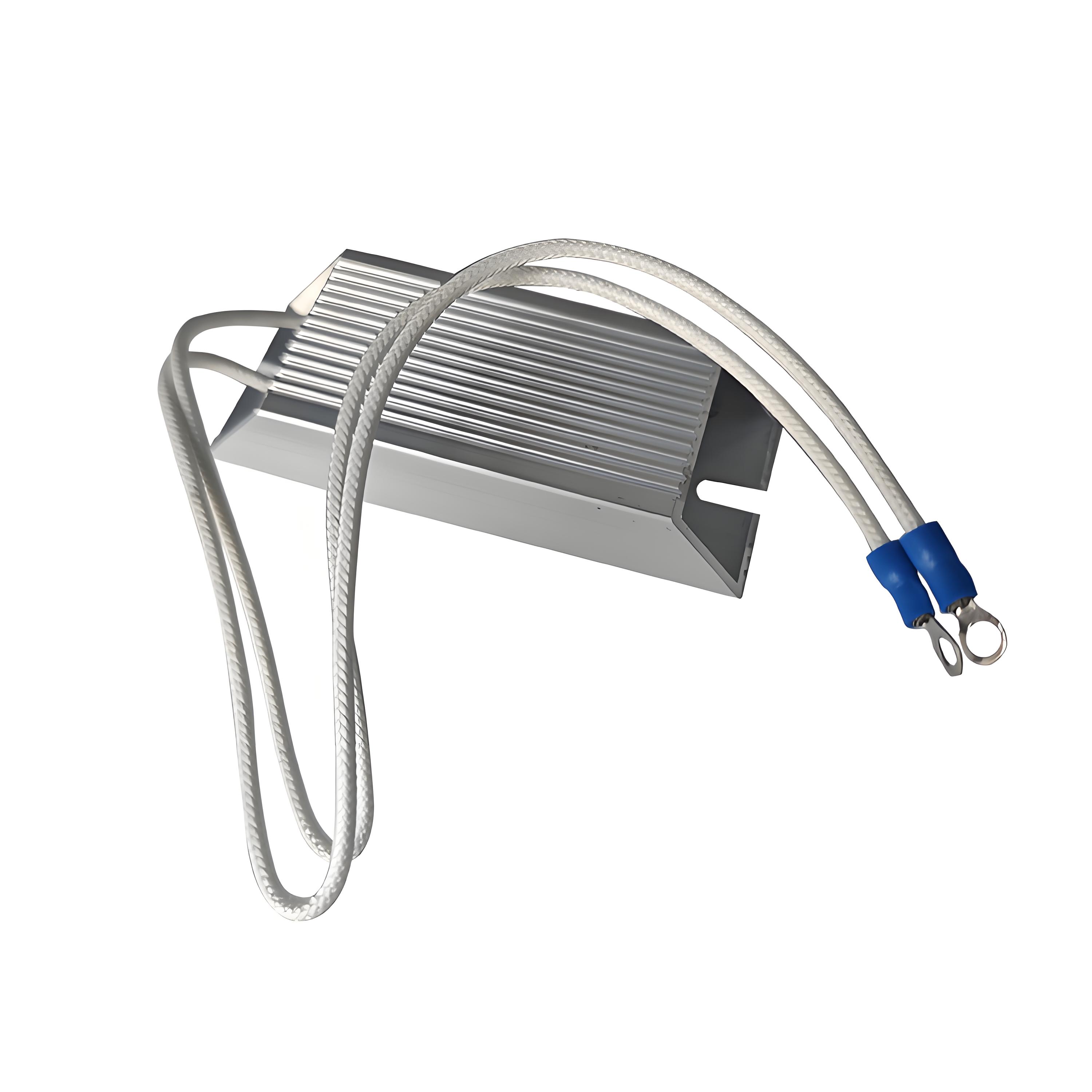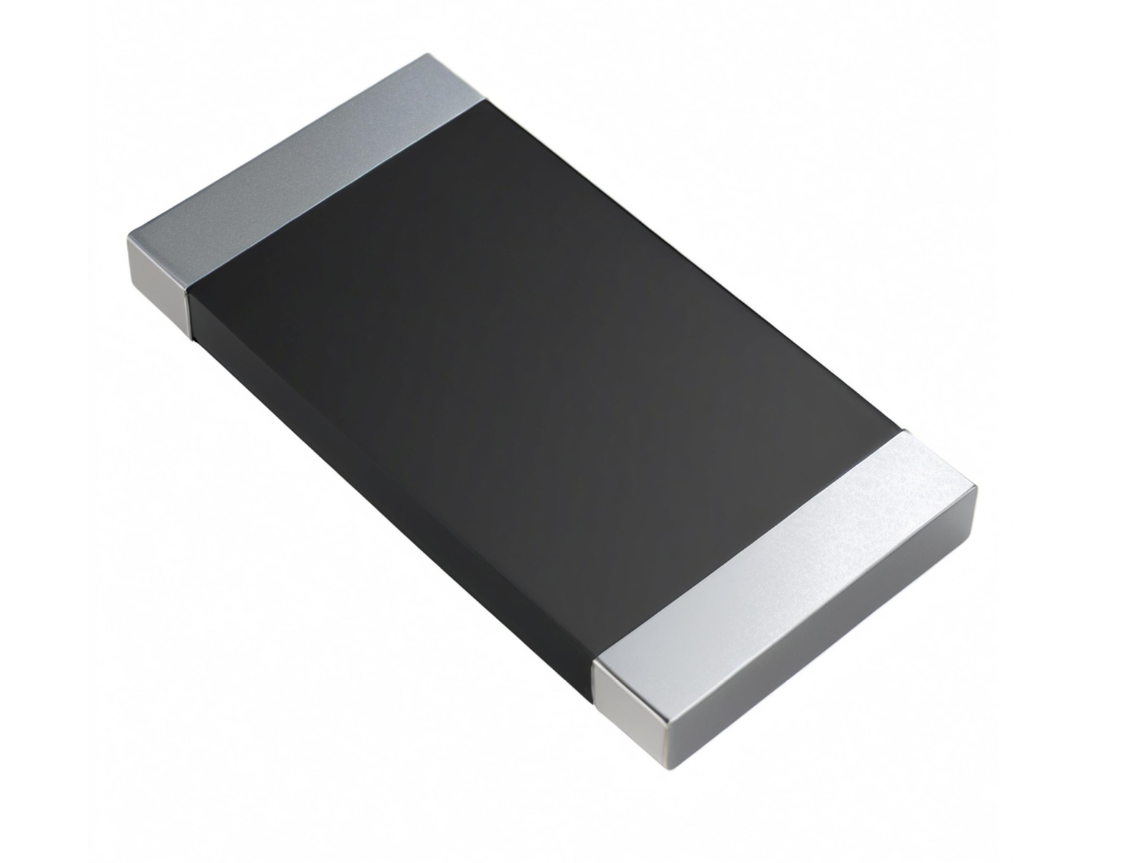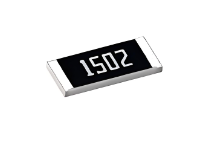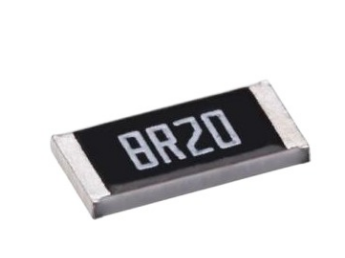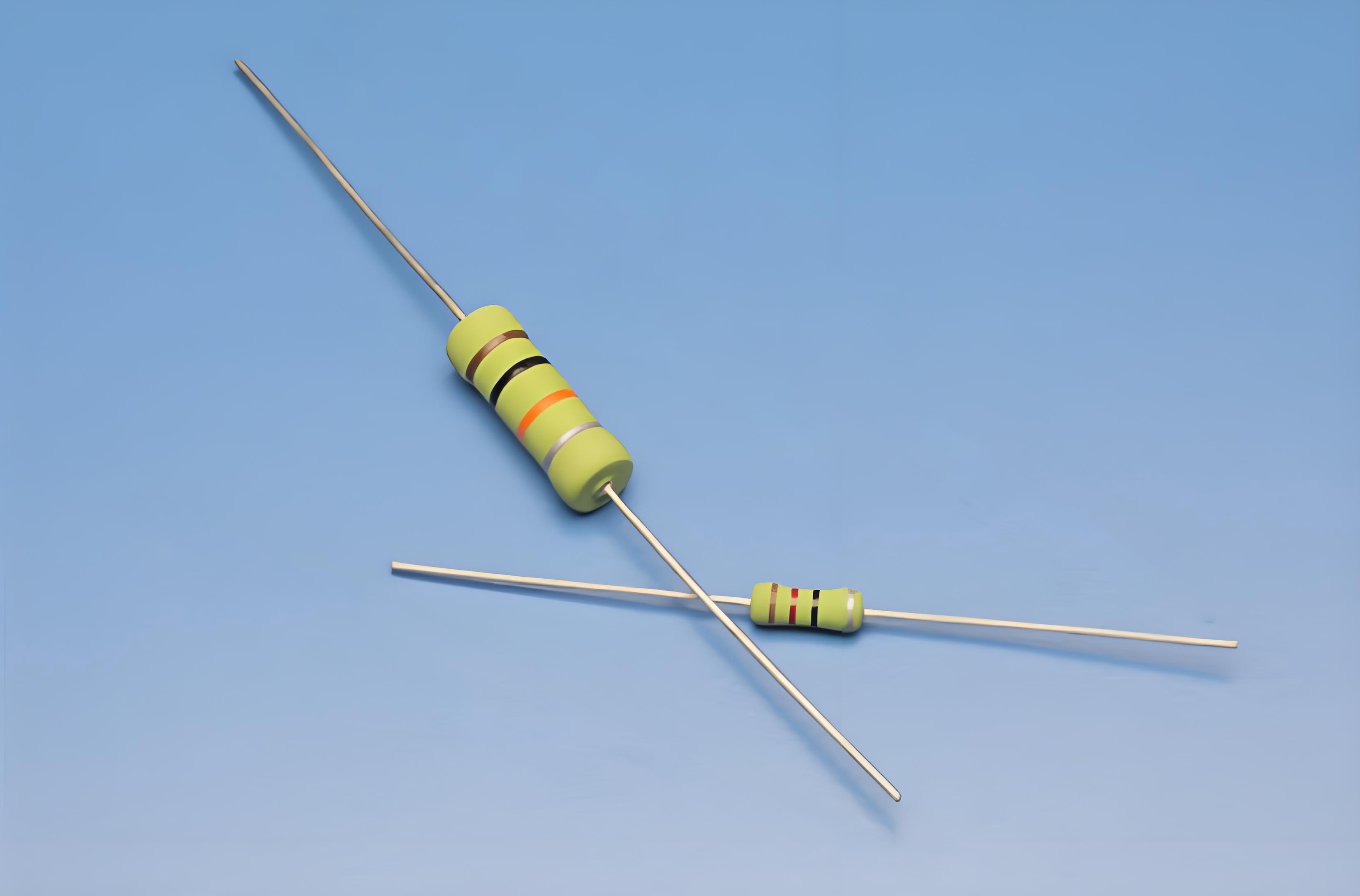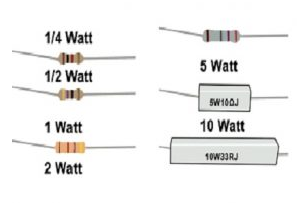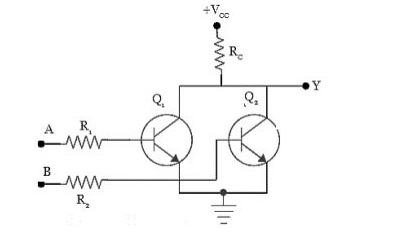Introduction
In the realm of electronics, the reliability and safety of circuits are paramount. Voltage spikes and transient events can wreak havoc on sensitive components, leading to costly repairs and downtime. This is where High Pulse Resistance Surge Resistors come into play. These specialized components are designed to protect circuits from voltage surges and transient events, ensuring that your electronic systems remain robust and reliable. In this ultimate guide, we will delve into the world of high pulse resistance surge resistors, exploring their applications, key features, and how to select the right one for your needs.
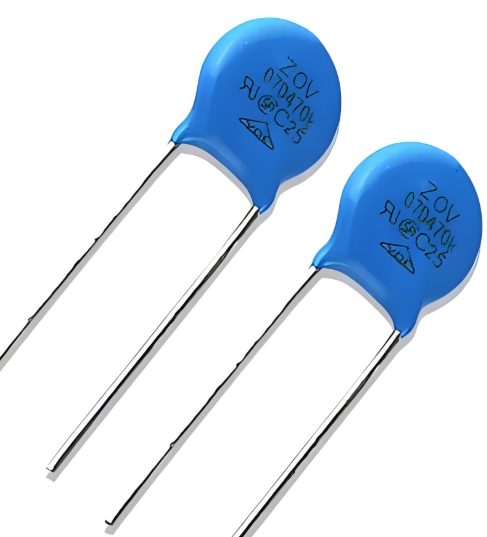
What is a Surge Resistor?
A surge resistor is a specialized type of resistor designed to handle high voltage spikes and transient events. Unlike regular resistors, surge resistors are built to withstand significant pulses of current without damage. This makes them ideal for applications where voltage surges are common, such as in power supplies, automotive electronics, and industrial control systems.
Key Features of High Pulse Resistance Surge Resistors
High pulse resistance surge resistors are engineered with several key features that set them apart from standard resistors. These features ensure that they can handle high-voltage pulses and provide reliable protection for your circuits.
| Feature | Description |
|---|---|
| High Pulse Resistance | Capable of withstanding high-voltage pulses without degradation. |
| Low Temperature Coefficient | Maintains stable resistance over a wide temperature range. |
| High Power Handling | Can dissipate significant amounts of power without overheating. |
| Fast Response Time | Quickly reacts to voltage spikes to protect sensitive components. |
| Reliability | Designed for long-term use in demanding environments. |
Applications
High pulse resistance surge resistors are used in a variety of applications where voltage spikes and transient events are common. Some of the key applications include:
Power supplies
Automotive electronics
Industrial control systems
Renewable energy systems
Telecommunications
These applications often involve high-voltage circuits that are susceptible to transient events, making surge resistors an essential component for reliable operation.
Selection Criteria
Choosing the right high pulse resistance surge resistor for your application involves several key considerations. Here are some factors to keep in mind:
| Factor | Description |
|---|---|
| Pulse Voltage Rating | Ensure the resistor can handle the maximum voltage spike expected in your circuit. |
| Pulse Duration | Select a resistor that can withstand the duration of the voltage spike. |
| Power Dissipation | Choose a resistor with sufficient power handling capability to avoid overheating. |
| Temperature Range | Select a resistor that operates reliably within the temperature range of your application. |
| Form Factor | Consider the physical size and mounting options (e.g., through-hole, SMD) for your circuit board. |
Common Problem and Solution
One common problem in electronic circuits is the occurrence of voltage spikes due to transient events. These spikes can damage sensitive components and lead to system failures. To address this problem, high pulse resistance surge resistors can be used to absorb and dissipate these spikes, protecting the rest of the circuit.
For example, in an automotive application, voltage spikes can occur due to the switching of high-current loads. By incorporating a high pulse resistance surge resistor into the circuit, these spikes can be safely managed, ensuring the reliability and longevity of the electronic components.
Conclusion
High pulse resistance surge resistors are essential components for protecting electronic circuits from voltage spikes and transient events. With their ability to handle high-voltage pulses, maintain stable resistance, and dissipate significant power, these resistors provide reliable protection in a variety of applications. By carefully selecting the right surge resistor based on pulse voltage rating, pulse duration, power dissipation, temperature range, and form factor, you can ensure that your circuits remain robust and reliable in the face of transient events.

